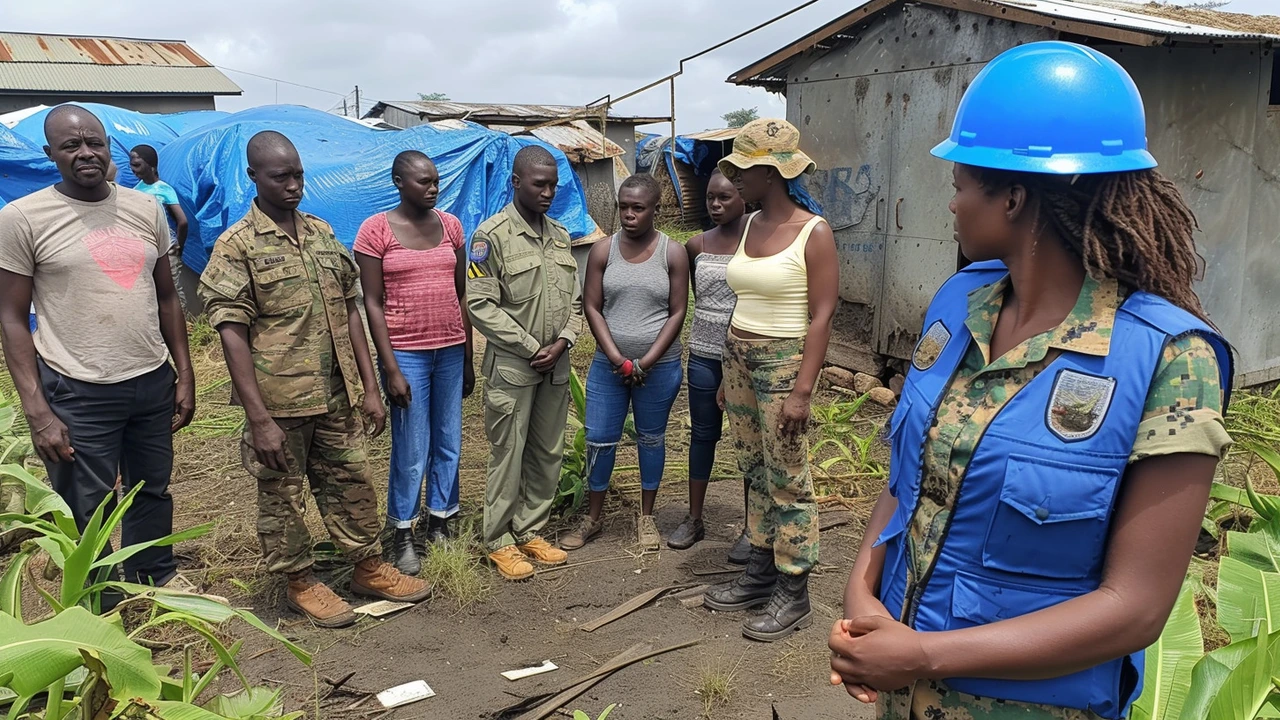Ever wondered what peacekeeping really looks like on the ground? It’s not just blue helmets and patrols. Peacekeeping covers a range of activities—from protecting civilians and monitoring ceasefires to helping rebuild courts, police, and schools. This page gives a plain, practical view of how peace operations work and why they still matter.
Peacekeepers carry out concrete tasks you can picture. They monitor borders and patrol towns to deter violence. They set up safe zones and escort humanitarian convoys so aid reaches people. Teams train local police, help organize elections, and support justice systems so communities can stand on their own. In volatile places, medical support, demining, and repairs to water lines are part of the job too.
Think of a mission as a toolbox: each team mixes security, political advice, and development work depending on what the country needs. Some missions focus on protecting civilians. Others center on stopping armed groups or helping refugees return home. The goal is to reduce violence quickly and build steady institutions that prevent new fights.
Peacekeeping is complicated. Mandates from the UN or regional bodies can be unclear or limited, which ties the hands of troops on the ground. Budget gaps and weak logistics slow responses. Local politics matter more than outsiders often expect—peacekeepers must understand alliances, ethnic tensions, and economic pressures to be effective.
Threats have changed too. Peacekeepers now face asymmetric attacks, armed militias, and risks from criminal networks. Missions adapt by improving intelligence sharing, using drones for mapping, and partnering with local leaders. Training on cultural sensitivity and human rights also makes a difference in winning public trust.
There are strong success stories: reduced violence, functioning local courts, and safe elections after sustained peace operations. There are also hard lessons when missions failed to stop atrocities or lacked resources. Studying both wins and losses shows what works—clear mandates, stable funding, local partnerships, and exit plans that leave communities resilient.
Want to learn more? Read first-hand accounts and mission breakdowns to see how strategy turns into action. Follow stories about individual peacekeepers for human perspective, and look at mission reports to understand results and limits. If you care about supporting peace, reliable reporting and verified NGOs are good places to start.
Peacekeeping isn’t perfect, but it’s often the best tool the international community has to protect people and buy time for political solutions. When it works, it saves lives and rebuilds hope. If you’re curious, explore the linked articles and personal stories to get a fuller, grounded picture of peacekeeping in practice.

Hi there, my latest post offers you an inside look at the dynamics of peacekeeping. I delve deep into the intricacies, realities, and challenges that peacekeeping missions face across the globe. It's truly an eye-opener, highlighting the brave work of those striving to maintain peace under volatile situations. This is a fascinating, lesser-known aspect of global diplomacy that we seldom hear about but it's integral to our world's stability. Join me in understanding this better.
